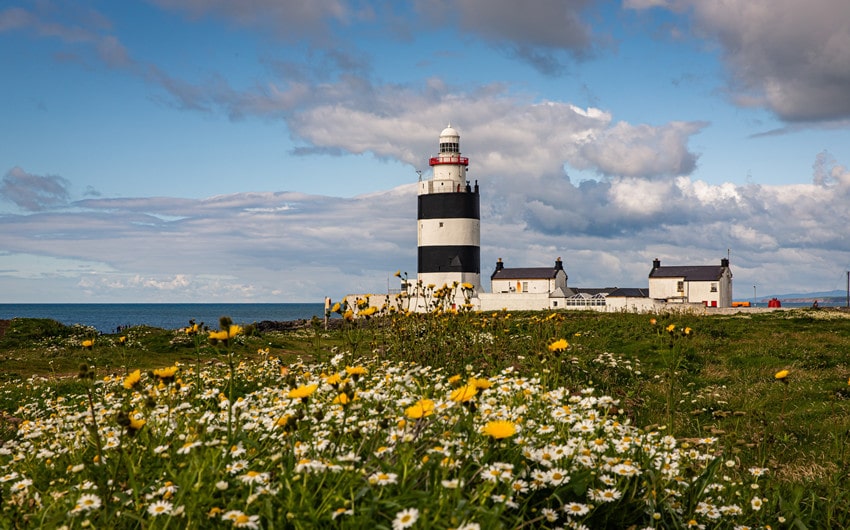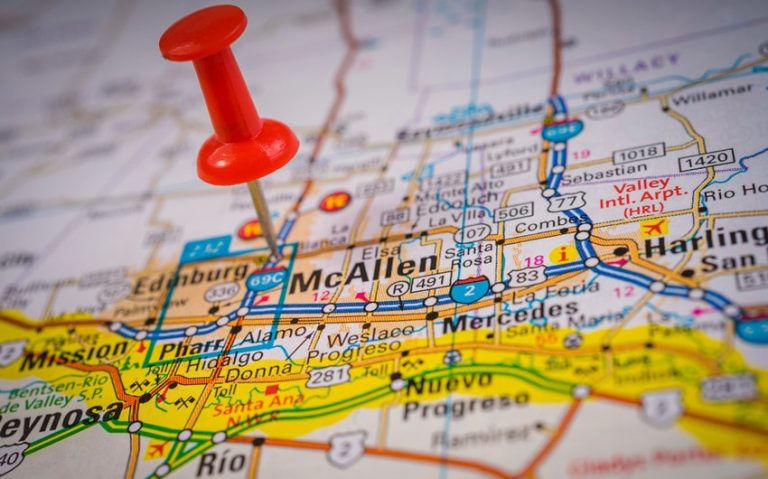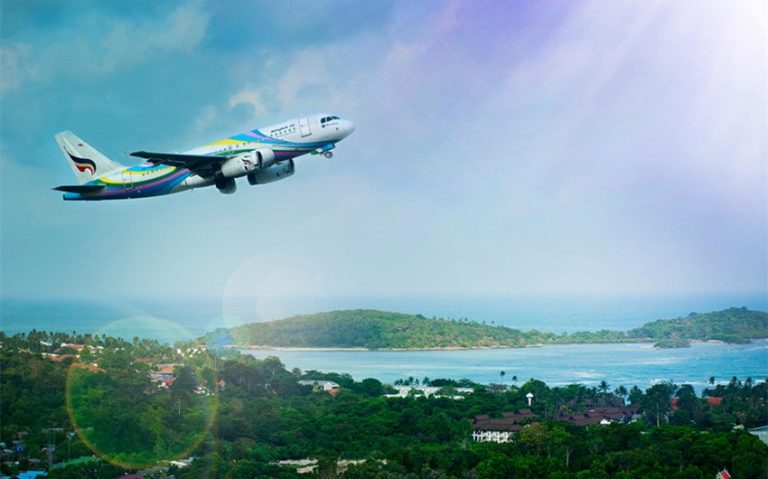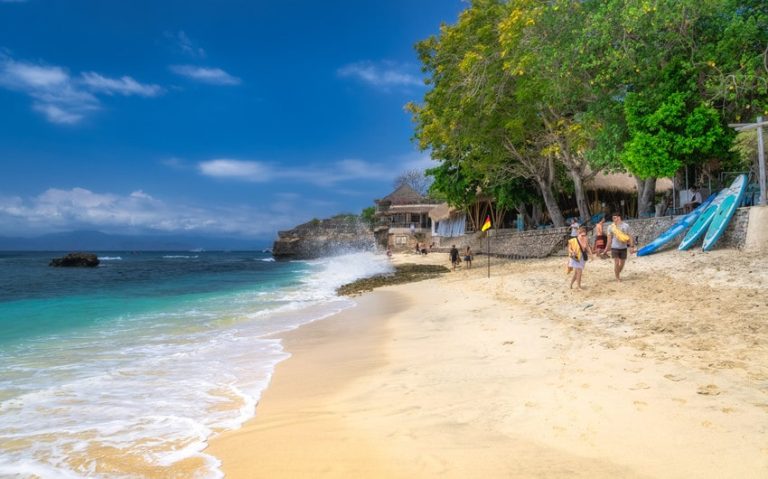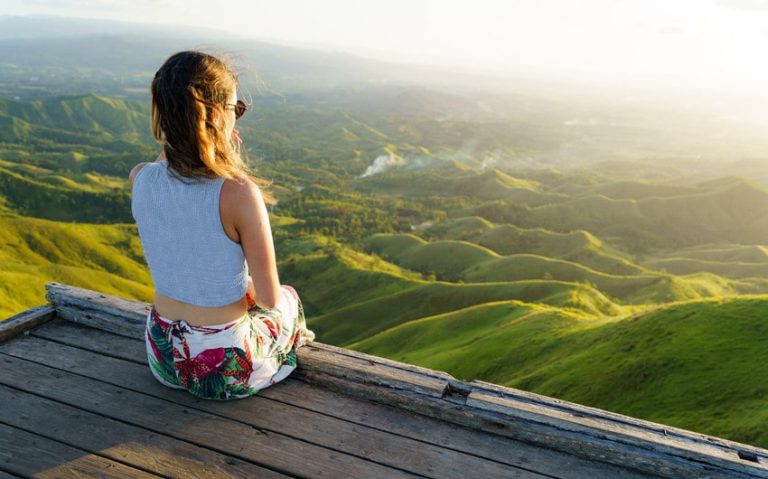Planning a Trip to Ireland: Essential Tips
When planning your trip to Ireland, make sure you understand the visa requirements based on your nationality. Craft an itinerary that balances Dublin’s rich history with the stunning countryside, like the Cliffs of Moher.
Consider renting a car for flexibility or using public transport for affordability. Book your accommodations in advance, especially during peak season, and pack layers to prepare for the unpredictable Irish weather. With these essential tips, you’re ready to embark on an unforgettable Irish adventure.
Understanding Visa Requirements and Entry Points
When planning your trip to Ireland, it’s crucial to understand the visa requirements and entry points. As Ireland is not part of the Schengen area, unlike most European Union countries, your visa requirements will depend on your nationality.
Travelers from the United States, Canada, and Australia don’t need a visa to enter Ireland, but it’s essential to check the most up-to-date travel requirements before booking your trip. When you arrive at the border control, customs officers will inspect your passport and travel documents, so ensure you have all the necessary paperwork.
Keep in mind that Ireland and the United Kingdom have separate visa requirements, despite their proximity. Confirming your specific visa needs based on your nationality is a critical step in planning your Irish adventure.
Crafting the Perfect Ireland Itinerary
After you’ve sorted out your visa requirements and entry points, it’s time to craft the perfect Ireland itinerary. You’ll want to spend 3-7 days exploring Dublin’s vibrant culture and history before venturing out to stunning natural wonders like the Cliffs of Moher. Renting a car for a portion of your trip allows you the freedom to discover Ireland’s charming countryside and hidden gems on a scenic road trip.
Balance your itinerary with a mix of guided tours in Dublin and independent exploration of rural attractions like Killarney National Park or the Ring of Kerry. Allow for unstructured time to wander picturesque villages, cozy pubs, and ancient historical sites. With careful planning, you’ll create an unforgettable Ireland travel experience tailored to your interests.
Choosing the Best Transportation Options
Selecting the ideal transportation for your Ireland adventure is a crucial decision that can significantly impact your overall experience. When traveling to Ireland, you have two main options: rent a car or use public transport. Renting a car provides the freedom to explore Ireland’s breathtaking countryside at your own pace, allowing you to discover hidden gems along the way. However, driving in Ireland can be expensive and stressful if you’re not accustomed to left-side driving.
On the other hand, Irish Rail and public buses offer an affordable way to visit Ireland’s major destinations, but may limit your access to remote areas. Consider your budget, stress level, and desired level of exploration when choosing between a rental car and public transportation in Ireland.
Selecting Accommodations and Booking in Advance
To ensure a comfortable and enjoyable stay during your Irish adventure, it’s crucial to select the right accommodations and book them well in advance. You’ll need to know that Ireland’s best hotels and B&Bs fill up quickly, especially during peak travel times. When planning your Ireland trip, consider staying in regulated lodgings like hotels or traditional Irish B&Bs, where you’ll experience authentic hospitality and delicious breakfasts cooked by your host.
Booking platforms like Booking.com offer reliable options with flexible cancellation policies, giving you peace of mind as you explore stunning places to visit like the Cliffs of Moher. Keep in mind that Ireland is an expensive country, so budget accordingly for your accommodations to make the most of your unforgettable journey.
Packing Essentials and Preparing for Irish Weather
When you’re packing for your trip to Ireland, it’s crucial to prepare for the country’s notoriously unpredictable weather. Ireland’s climate means packing layers, a waterproof jacket, and sturdy rain-resistant shoes is essential.
Since it rains a lot, bring a travel umbrella, reusable water bottle, and waterproof phone case to stay dry and protect your electronics. A wool sweater is recommended to maintain body temperature as the weather in Ireland can shift rapidly from sunshine to chilly winds.
Pack light and choose versatile, quick-drying clothing that allows for adjusting to changing conditions throughout the day. When you’re relaxing in the evenings, consider subscribing to one of the best IPTV services for inspiration and trip ideas, keeping you entertained after a day of outdoor adventures. By preparing for Irish weather, you’ll be able to comfortably explore the outdoors without being deterred by unexpected rain or wind during your unforgettable journey.
Frequently Asked Questions
What Do I Need to Know Before Traveling to Ireland?
Before your Ireland trip, research airport regulations and local currency usage. Consider the weather and public transportation options. Taste local cuisine specialties and follow cultural etiquette guidelines. Book accommodations strategically, plan your budget, and don’t forget travel insurance!
How to Not Stand Out as an American in Ireland?
To blend in with locals, avoid flashy attire and loud behavior. Learn basic Irish phrases, use local transportation, and visit authentic pubs. Immerse yourself in the culture by exploring off-the-beaten-path locations and respecting customs.
What Is the #1 Thing to See in Ireland?
The Cliffs of Moher are Ireland’s most iconic natural wonder – a breathtaking 8-km stretch of towering 200-meter sea cliffs in County Clare. Their dramatic Atlantic views make them the #1 must-see attraction in Ireland.
How Do You Dress in Ireland and Not Look Like a Tourist?
To blend in with locals, pack versatile wardrobe staples and layer clothing wisely. Invest in rain-resistant gear and embrace minimalist fashion. Accessorize with local flair, prioritize comfort, and research cultural dress norms to avoid overly touristy looks.

